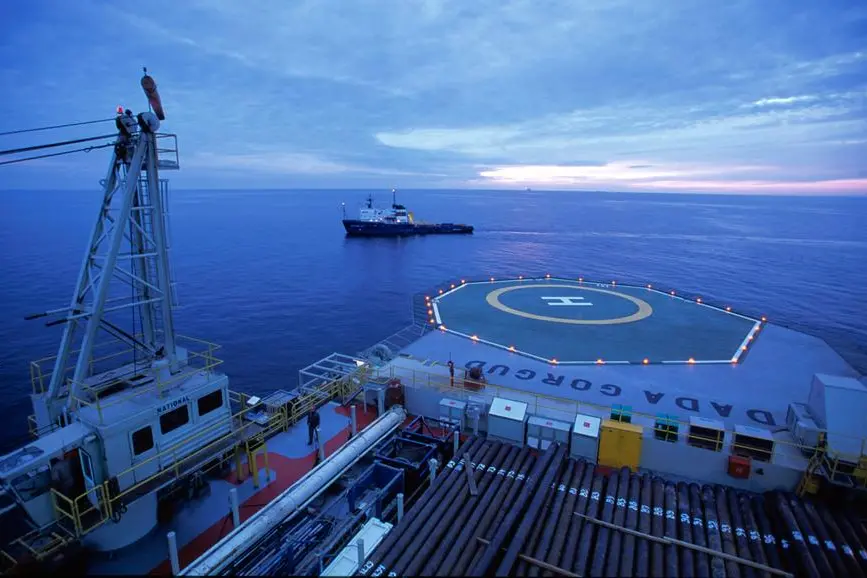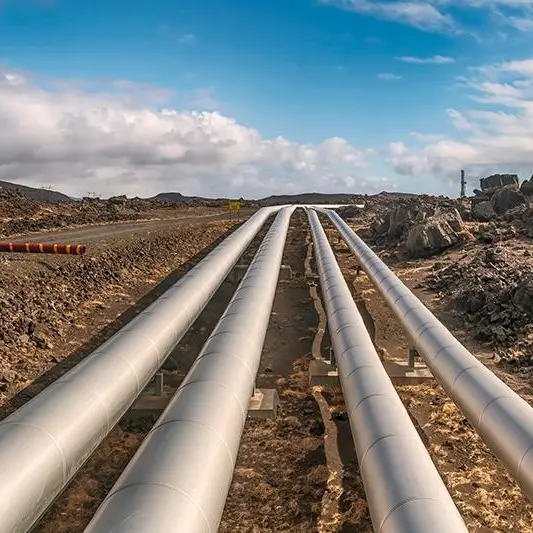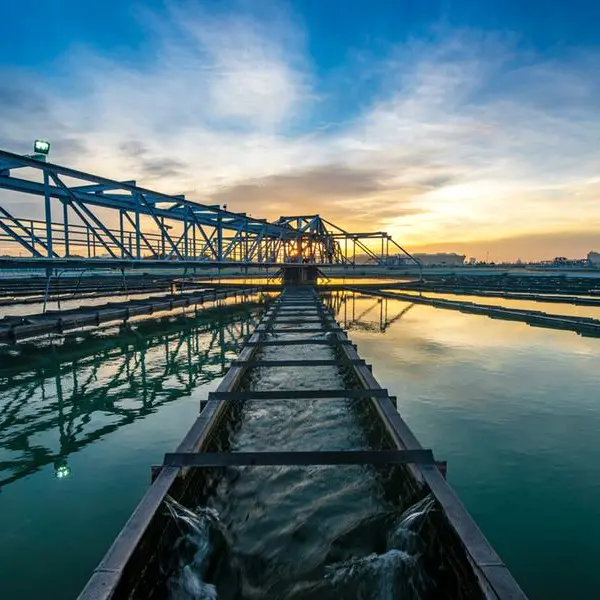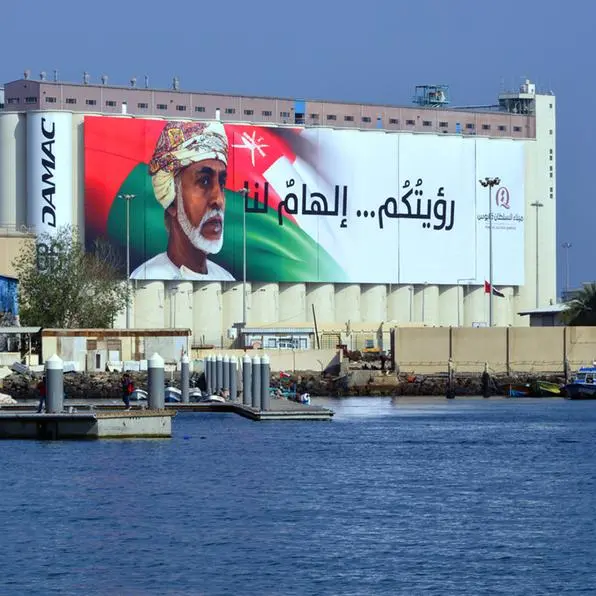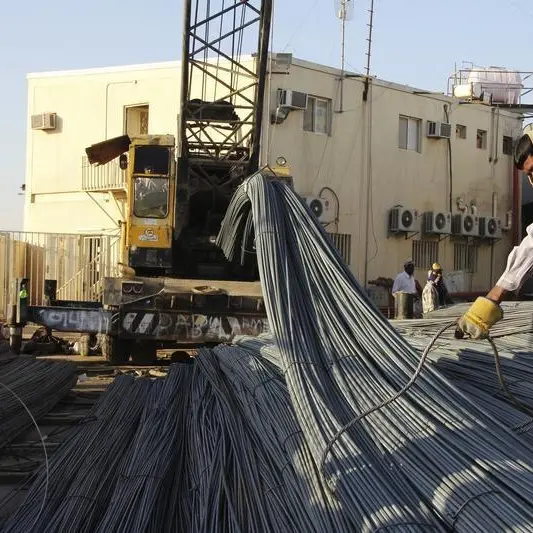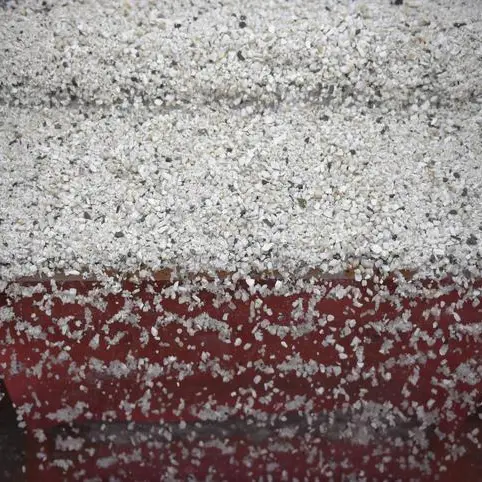PHOTO
Muscat – A pioneering project led by Dr Ahmed al Maashri, Associate Professor and Head of Department of Electrical and Computer Engineering at Sultan Qaboos University, has successfully developed an autonomous drone swarm system to detect oil spills and other pollutants along Oman’s coastline.
The research, funded by Ministry of Higher Education, Research and Innovation’s Block Fund- ing Programme, aims to provide a more efficient solution for monitoring marine pollution, particularly in light of Oman’s busy shipping routes and strategic location near the Strait of Hormuz.
Maashri highlighted Oman’s unique geography and the need to safeguard its shores, which see heavy maritime traffic and are vulnerable to fuel leaks from vessels. “Oil spills from tankers are rare, but leaks from engines occur more frequently, posing a risk to the marine environment. This puts pressure on local authorities to maintain round-the-clock vigil along the coastline,” he explained. Current methods for spill detection, he noted, are slow, expensive and often ineffective, which spurred the team to explore the potential of unmanned vehicle systems for this task.
The project, conducted by Maashri alongside Dr Hadj Bourdoucen, Dr Ashraf Saleem and Dr Jawhar Ghommam, leverages advanced remote sensing and artificial intelligence (AI) to detect and assess oil spills in real time. Using a coordinated approach between numerous unmanned aerial vehicles – or drones – the system achieves comprehensive coverage of targeted areas. The drones are equipped with thermal imaging technology and AI algorithms that can detect temperature differences, enabling efficient identification of oil contaminants during hot weather, when oil on water surfaces shows a temperature difference of 2°C or more.
The system’s software-hardware co-design enhances communication between drones, facilitating smooth cooperation and coordination for more accurate detection. Field tests on Omani shores validated the system’s performance, demonstrating its ability to assess spill locations and estimate their area in real time. Maashri further detailed how environmental variables – temperature, humidity, contamination type, season and time of day – affect the accuracy of detection, information crucial for refining the system.
“Through this project, we have achieved an autonomous, real time monitoring solution,” Maashri said. The drone swarm, equipped with machine learning technology, is capable of detecting, sizing and mapping contamination zones, offering local authorities a faster, more cost-effective tool to address marine pollution threats.
© Apex Press and Publishing Provided by SyndiGate Media Inc. (Syndigate.info).
